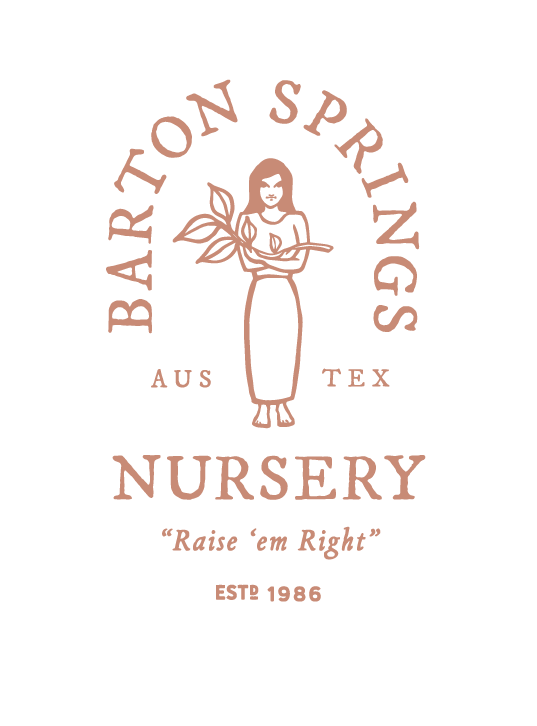Planting a Tree
Tree Planting Guide
Before planting your tree, can you answer “yes” to the following questions?
I’ve chosen a tree that will thrive at its mature size at the site.
I’ve chosen, unencumbered by overhead wires, underground utility lines, and other structures? I’ve consulted a local guide to make sure this tree is suitable for the soil at the site I’ve chosen? The direct sunlight available is appropriate for this species?
I’ve inspected the tree for structural defects and healthy growth?
Getting Started
Digging your hole: You want your hole to be 2-3 times as wide as the container of the tree, but slightly shallower (see diagram on back). A tree will likely settle for some time after planting, and as the organic portion of the potting mix decomposes, it will sink a bit.
A tree planted slightly above grade will be fine, whereas one planted too deeply will likely develop problems, some of which may come to bear when the tree is quite large, heavy, and dangerous. Roots can become wood, but not the other way around. As you excavate soil, it is helpful to toss it on a tarp or cardboard to keep things tidy, as you will use all of this soil to create your earthen berm, and you will use it as the dominant portion of your backfill.
Depending on the tree type, you may amend the backfill soil with up to 40% compost, and minerals, and always use mycorrhizal fungus-like PHC Tree SAver to get the tree up and running quickly.
Ask one of us at Barton Springs Nursery what percentage of amendment is appropriate for the tree you’d like, in your soil.
Planting your tree:
As best you can, be gentle with the tree as you set it on the floor of the hole, which ought to be firmly tamped down. Set and rotate your tree, and step back a bit to make sure you’re maximizing its aesthetic appeal, and that the top of the rootball is slightly above grade.
Sometimes it takes viewing from a side profile to accurately determine this. It’s a good idea to gently loosen the rootball a bit at this stage. When it looks great, begin adding your amended backfill soil to the hole, while conservatively adding bits of mycorrhiza as uniformly as possible to the backfill. Once you’ve got the backfill filled back to grade, you can make your earthen berm (with unamended native soil) at the drip line (see diagram).
The target, as a visual comparison, is to have a “wine glass sitting on a dinner plate.” Gently tamp the soil down, and take your time to make sure there is a very slight incline toward the tree and that the root flare (or “wine glass flare) is still above grade. Apply mulch or a compost/mulch blend onto the “dinner plate” or earthen basin, being careful to keep it off of the tree itself. Water slowly, as to not move the soil, until your earthen basin is saturated, and no longer accept water. Adding a bit of liquefied seaweed or SuperThrive is a great idea to give the tree some boost and to minimize transplant shock.
Establishment:
For the first two summers, plan on keeping the soil moist by watering 2-3 times per week.
A tree watering bag is very helpful in achieving this if you can’t dedicate a bubbler from an irrigation system or hose. Watch for any discoloration or pests. During the winter, you only need to water once every two weeks or so, unless it is unusually hot. It is better to err on the wet side when in doubt, especially when it is hot. Ask us at Barton Springs Nursery for long-term care recommendations, but generally, fertilizing is not recommended for the first couple of years.

